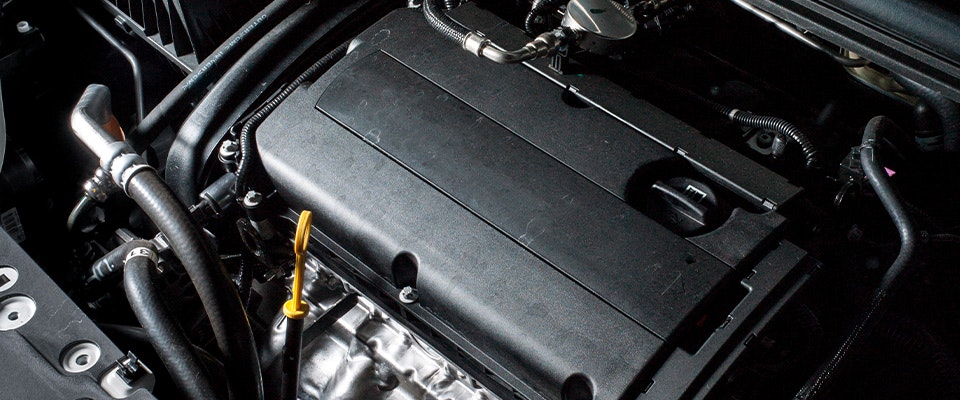
Is your Car Breathing Properly?
Is your Car Breathing Properly? What you need to know about EGR and Carbon Buildup...
Read moreUsed in internal combustion engines, Exhaust Gas Recirculation (EGR) is a nitrogen oxide (NOx) emissions reduction technique which is used in both petrol and diesel engines. EGR recirculates a portion of an engine's exhaust gas back to the engine cylinders, diluting the oxygen in the incoming airstream and reducing peak in-cylinder temperatures.
Since 1999 most cars in built in Australia will have an EGR system of some kind. If your vehicle is fitted with an EGR system there is something you should know. Carbon buildup in EGR Valves and the Intake Manifold could be choking your engine.
This can happen to both petrol and diesel engines but turbo and diesel engines tend to be more susceptable to the problem, especially where a PCV system is used. Les Haldane Mechanical Gawler have the skills and equipment to give your engine a full carbon clean to help ensure a correct fuel mix, improve efficiency and fuel economy and generally protect the engine.
Fitted to modern common rail diesel engines in order to meet Australian Design Rules (ADR's), the EGR system is a form of emission control designed to reduce emissions of harmful NOx gases into the environment.
NOx (or Nitrogen Oxide) is produced by an engine during the combustion cycle and is considered harmful to the environment.
The EGR recirculates some of this NOx back through to the intake side of the engine to help maintain lower combustion chamber temperatures, minimising the amount of NOx emitted.
As gases from the combustion cycle escape past the Piston Rings (called blow-by gases), they become trapped inside the crankcase, causing pressure to build up, promoting the build up of sludge and shortening the life of the oil.
This pressure must be relieved and this objective is achieved via a process known as Positive Crankcase Ventilation through the PCV Valve. While necessary to avoid damage to seals and eventually the engine, this process also releases small amounts of engine oil back into the intake at the same time.
When the oil allowed through by a PCV Valve, turbocharger shaft or air compressor meets the recirculated NOx Gases within the Intake Manifold it becomes a problem. When mixed, a build-up of sticky Carbon deposits is created, slowly solidifying over time and effectively choking the system. EGR valves are also affected by carbon buildup.
Over time this build-up restricts air flow to the point where efficiency of the engine becomes impacted and fuel economy suffers. In very serious cases it could even end up with damaged seals and the engine needing to be replaced.


Is your Car Breathing Properly? What you need to know about EGR and Carbon Buildup...
Read more
Les Haldane Mechanical take great pride in offering our clients the very best in car servicing and automotive repairs.
Read more
As a Repco Authorised Service centre, we use quality parts and lubricants and employ state of the art diagnostic equipment and repair methods.
Read more